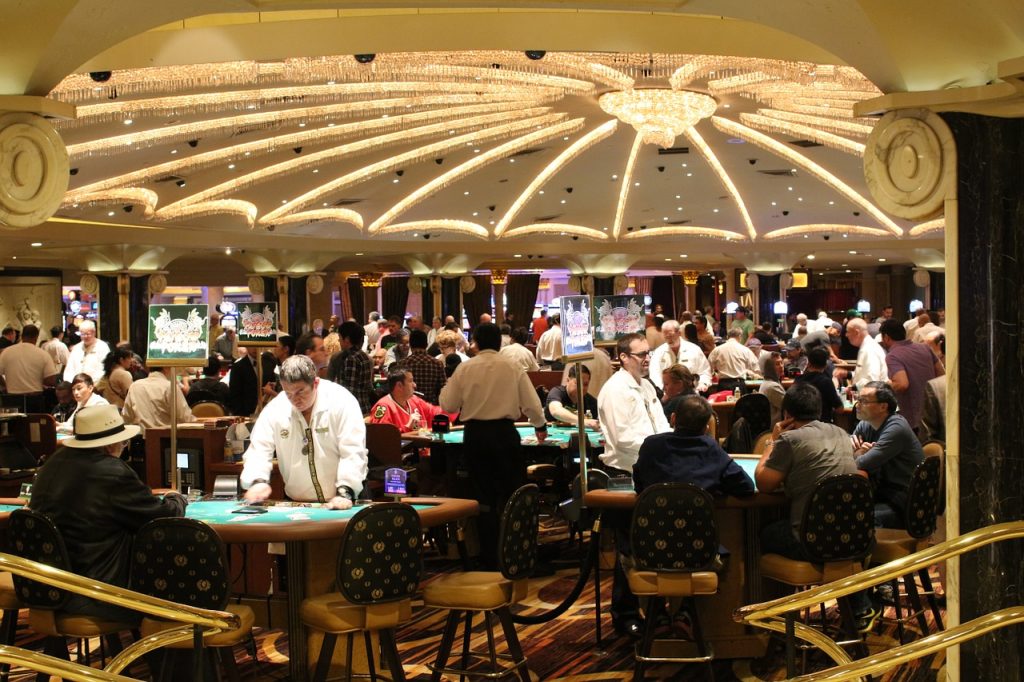The fascinating Psychological principles Behind Casino Game Development

Casino experiences have long captivated people's attention, drawing players into a universe filled with luck, planning, and the allure of adventure. Each activity is meticulously crafted not just for entertainment, but also to elicit targeted emotional responses that keep gamblers engaged and interested. Understanding the reasons behind these designs reveals much about how behavioral psychology plays a key role in the gaming experience.
From the vivid lights and dynamic sounds to the intricate layering of rules and incentives, casino games are designed to create an atmosphere of anticipation and eagerness. Game designers leverage psychological principles to influence participant behavior, whether through the use of big prizes, almost wins, or social connections. By examining these factors, we can better appreciate how casino games fulfill not just a desire for entertainment, but more profound psychological needs for thrill and hazard.
Comprehending Player Behavior
Casino games are engineered with a thorough understanding of player psychology, which is crucial for luring and holding players. The thrill of the game, combined with the anticipation of winning, establishes a powerful allure. Game designers employ elements like audio cues, vibrant graphics, and immersive gameplay to engage attention and elicit emotional responses. These sensory experiences enhance the overall experience, making players feel more attached in the game.
Another important aspect of player behavior is the concept of risk versus reward. Casino games often manage high-stakes situations with the potential for significant rewards, which can result in the event known as near-miss effect. When players come within reach to winning, the brain produces dopamine, bolstering their behavior and encouraging them to persist playing in quest of that fleeting win. This cycle of wish and letdown plays a critical role in how games are constructed and advertised.
Lastly, social factors also play a critical role in player behavior at casinos. Many games are made to be played in teams or alongside other players, fostering a sense of togetherness and shared experience. The social interaction inherent in games like baccarat enhances enjoyment and can culminate in longer play sessions. U888 Designers capitalize on this by designing environments that prompt players to stay, interact, and revisit, making the overall casino experience more appealing.
The Role of Visuals and Audio
Imagery and sound play a vital role in enhancing the gambler’s experience within casino games. Designers utilize bright colors, eye-catching graphics, and engaging animations to attract gambler's attention and sustain their focus. https://u888s.nl/ The use of motifs, such as adventure or opulence, helps create an immersive atmosphere that takes players into another world. By connecting to the senses, these elements contribute to a heightened emotional response, encouraging players to engage more profoundly with the games.
Sound design is equally important in reinforcing the experience of gambling games. The combination of ambient music, audio effects for successful combinations, and environmental noises creates an sound landscape that keeps players fascinated. Audio cues associated with victories, such as chiming bells or festive music, evoke feelings of thrill and reward, encouraging players to continue playing. These sound cues are strategically placed to enhance the thrill of the game and create a more engaging experience.
Moreover, the synchronization of visuals and audio is crucial for reinforcing the game's overall concept and atmosphere. Each element should align harmoniously to create a cohesive experience that pulls players in. The effective use of this integration not only improves user enjoyment but also increases the likelihood of repeat play, as players become more engaged in the captivating world that the casino games offer. This thoughtful combination of imagery and sound ultimately enhances player involvement and loyalty.
Incentive Structures and Participation
The development of gambling experiences heavily depends on incentive systems to keep participants involved and returning for more. These systems are rooted in psychological theories that exploit human behavior and desire. Players are often driven by the thrill of success, which is reinforced by immediate responses through the game's design. This instant gratification not only enhances the gaming experience but also cultivates a sense of achievement, prompting participants to keep participating in hopes of bigger rewards.
Gaming establishments adopt various reward structures, including jackpots, bonuses, and multipliers, to engage players. These features create a level of excitement that maintains engagement. Additionally, the randomness of results plays a significant role in keeping interest. The variable reward system, where wins are unpredictable but happen often enough, keeps players on edge and driven to continue participating. This cycle of anticipation and expectation is foundational to the effectiveness of casino games.
Moreover, social elements, such as competitive events and multiplayer features, boost the participation factor by tapping into the competitive nature of participants. The communal aspect of gaming with others can intensify the thrill of winning and create a community atmosphere within the casino. By integrating these community elements with efficient incentive structures, gambling experiences don’t just offer entertainment but also foster a stronger connection among players, solidifying their commitment to the overall experience.
